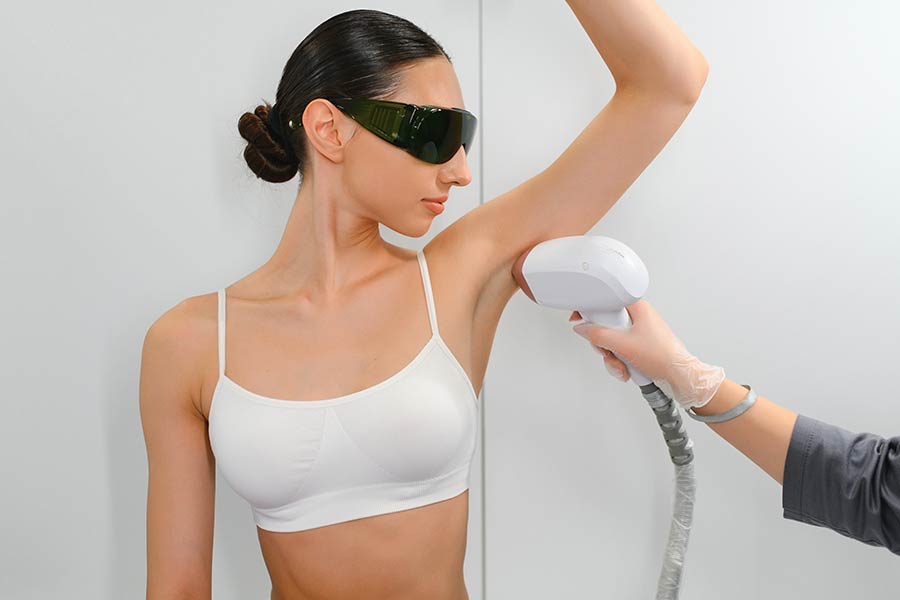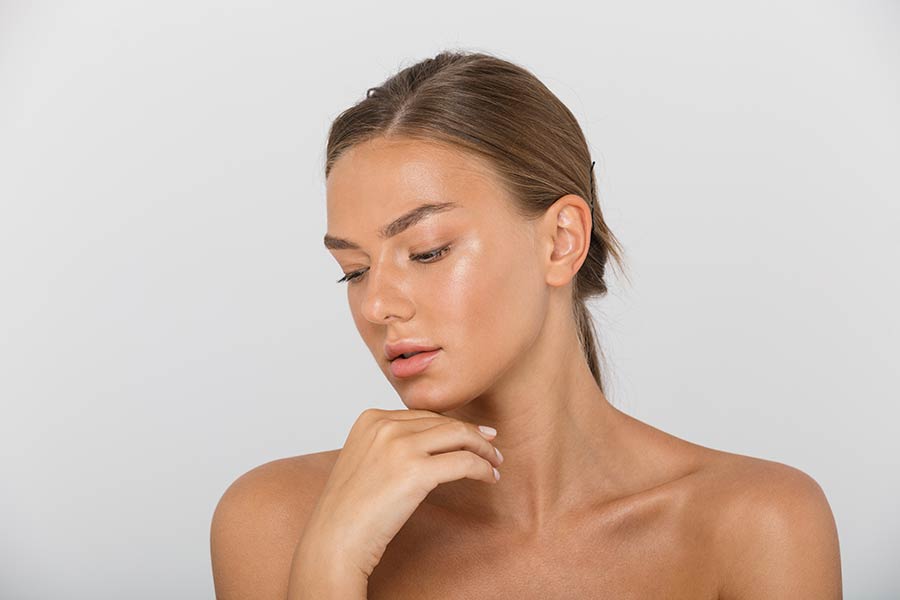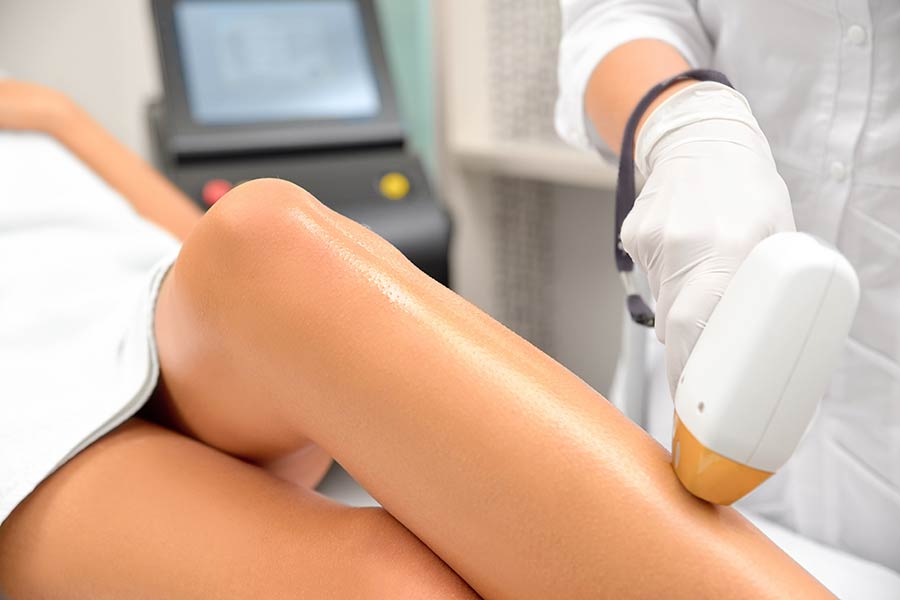Nearly 1 million people get dermal fillers each year, aiming for that youthful glow without going under the knife. But how long can you enjoy those benefits before booking another appointment? Dermal fillers, a quick fix for wrinkles and volume loss, have become a go-to in cosmetic enhancements. Their lifespan varies widely, from six months to over a year, depending on the type used and individual factors like metabolism and lifestyle. This post dives into what you need to know about the durability of these popular treatments, helping you set realistic expectations and make informed decisions about your skincare journey.
Key Takeaways
- Dermal fillers offer a temporary solution for enhancing facial features, with their longevity varying by type and treated area.
- Hyaluronic acid fillers, commonly used, can last from 6 to 18 months, while other types may offer longer-lasting results.
- The lifespan of fillers is also influenced by the facial area treated, with areas experiencing frequent movement seeing quicker absorption.
- Factors such as metabolism, lifestyle, and skincare routine can affect how long the benefits of fillers are visible.
- Regular maintenance sessions are crucial for sustaining the desired effects, with the timing based on individual absorption rates and filler types.
- If outcomes are not as expected, consulting with a professional for adjustments or dissolving the filler is an available option.
Understanding Dermal Fillers
Types and Uses
Dermal fillers help restore facial volume and reduce wrinkles. Common types include Hyaluronic Acid (HA), Polymethylmethacrylate (PMMA), and fat transfers. Each type serves different purposes.
HA fillers are great for lips and cheeks. They add volume and smooth out lines. PMMA fillers, on the other hand, are used for deeper wrinkles. They also help with skin firmness over time. Fat transfers involve moving fat from one body part to another. This method is best for larger facial areas needing volume.
Different fillers achieve various aesthetic goals. Some enhance volume, while others focus on wrinkle reduction.
Factors Affecting Longevity
The body's response to dermal fillers can vary. It depends on the individual's immune system. Some people may break down fillers faster than others.
The area of injection also plays a role in how long fillers last. Areas that move a lot, like the mouth, might see faster breakdown of the filler material.
Filler material and particle size impact longevity too. Larger particles in some fillers can last longer than smaller ones in more fluid formulas.
General Duration Overview
Dermal fillers' effects can last from several months to years. The exact duration varies widely among filler types and treated areas.
Hyaluronic Acid fillers might last 6 to 12 months. In contrast, PMMA fillers can last for years since they encourage collagen production. Fat transfers have varied results but can be permanent with proper care.
For sustained results, follow-up treatments are important. They help maintain the desired look over time.
Filler Longevity by Type
Hyaluronic Acid Fillers
Hyaluronic acid fillers are popular for their flexibility and safety. They can last from 6 to 18 months. This makes them a favorite among both doctors and patients. Their compatibility with most skin types and areas adds to their appeal.
One unique feature is their reversibility. If needed, enzyme injections can dissolve them quickly. This safety net is reassuring for many first-time users.
PMMA Fillers
PMMA fillers offer a more lasting solution, enduring about 5 years or longer. They work well for deep wrinkles and adding volume in larger areas. However, their semi-permanent nature means you need a skilled professional for the application.
This type of filler requires precision due to its longevity and impact.
Fat Transfer Results
Fat transfer involves moving fat from one part of the body to the face. It's known for offering long-lasting results, sometimes several years. Yet, how well these results hold up varies from person to person.
The success largely depends on how well the transferred fat integrates with the new area.
Longevity by Facial Area
Under Eye and Cheek
Fillers in the under-eye area and cheeks typically last between 6 to 12 months. The skin under the eyes is very delicate. This makes choosing the right filler crucial. Hyaluronic acid fillers are often preferred for their smooth integration.
Cheek fillers play a key role in providing a lifted look over time. They add volume, creating a youthful appearance. As we age, this area loses volume, making fillers an attractive option.
Nose and Lip
Nose fillers can maintain their shape for 6 to 12 months. On the other hand, lip fillers usually last between 6 to 8 months. The lips move a lot every day. This high mobility leads to quicker breakdown of fillers in this area.
Applying nose fillers requires precision for results that look natural. The practitioner must understand facial symmetry well. This ensures the enhanced features blend seamlessly with the rest of the face.
Mouth Corner, Chin, Jawline
Fillers around the mouth corners, chin, and jawline generally last 6 to 12 months. They have a significant impact on defining the jawline and chin area, offering a more structured facial profile.
These fillers also smooth out marionette lines around the mouth. This results in a fresher look as it reduces signs of aging like sagging or downturned expressions.
Influences on Filler Lifespan
Lifestyle Factors
Sunshine feels great, but too much sun exposure can harm filler results. It speeds up the breakdown of fillers in the skin. This means the lovely effects may not last as long if you're always out in the sun without protection.
Smoking is another enemy of dermal fillers. It damages skin health and accelerates filler degradation. The chemicals in cigarettes are harmful to the skin and can shorten the life of your fillers.
Vigorous exercise has its ups and downs. While good for overall health, intense workouts can increase metabolism. This might lead to faster absorption of fillers into the body, reducing their lifespan.
What you eat and drink also plays a role. A balanced diet and staying hydrated help maintain filler results. Drinking plenty of water keeps the skin plump and extends the life of fillers.
Skincare Routine
A gentle skincare routine is key to extending filler life. Harsh products or treatments can irritate the skin and affect fillers negatively.
Using sunscreen daily protects filler-treated areas from UV rays that degrade fillers faster. It's an easy step with big benefits for both your skin's health and the longevity of your fillers.
Moisturizers keep your skin happy and hydrated. They help lock in moisture, which is good for maintaining filler effects longer. Think of them as a friend that helps everything stay put just a bit longer.
Metabolism Variability
People are different, including how fast their bodies process things. Those with faster metabolisms might find their fillers don't last as long as they'd hoped.
It's important to talk about your personal metabolism rate with your provider before getting fillers. They can give you an idea of what to expect based on how quickly your body tends to work through substances.
Your metabolic rate directly impacts how quickly filler materials break down in your body. Knowing this can help set realistic expectations about how long your results might last.
Extending Filler Life
Aftercare Tips
To maximize the longevity of dermal fillers, immediate aftercare is crucial. Experts advise avoiding any strenuous activities for at least 24 to 48 hours post-treatment. This helps in minimizing swelling and bruising around the injection sites.
Following the post-treatment instructions provided by your practitioner is equally important. These guidelines are designed to prevent complications that could affect the filler's durability. For instance, they often recommend avoiding alcohol and certain supplements that can increase bruising.
Another valuable tip is to sleep on your back. This prevents putting pressure on the treated areas, which could potentially displace the filler or cause unevenness.
Maintenance Treatments
To keep your results looking their best, maintenance treatments are often necessary. The body naturally breaks down dermal fillers over time, so periodic touch-ups can help maintain the desired volume and smoothness.
During these sessions, there's an opportunity to adjust the amount of filler used. This flexibility allows for a tailored approach to achieving and maintaining your aesthetic goals.
Regular consultations play a key role here. They allow your practitioner to assess how your skin is responding to the fillers and decide if additional treatments are needed. This ensures that your look remains consistent and meets your expectations.
Healthy Habits
A healthy lifestyle extends beyond just benefiting your physical health; it also plays a significant role in prolonging the effects of dermal fillers. A balanced diet rich in vitamins supports skin health by boosting collagen production and aiding in skin repair and rejuvenation.
Staying hydrated is another cornerstone of skin health. Adequate water intake ensures that your skin remains plump and hydrated, which can enhance the appearance of fillers.
Recognizing Renewal Signs
Visual Cues
Noticing when dermal fillers start to fade involves keen observation of visual cues. One clear sign is diminished volume in the treated areas. This might look like cheeks that were once plump beginning to lose their fullness. Another indicator is the return of wrinkles or fine lines that the filler had previously smoothed out.
Monitoring these changes over time is crucial. It helps you understand how your body reacts to fillers and how long they last for you. Taking photographs at regular intervals can be incredibly helpful here. They offer a visual timeline of the filler's longevity and are useful for comparing changes.
Touch-Up Timing
The best time for touch-ups is usually before the filler has fully dissipated. Waiting until the filler is completely gone can make it harder to maintain a consistent appearance. Early touch-ups can help prolong the effects, ensuring a seamless transition as the filler begins to wear off.
One benefit of timely touch-ups is that they may lead to needing them less frequently over time. With regular maintenance, your skin can retain its youthful appearance longer, and the interval between sessions might extend. This shows how strategic planning can enhance the benefits of dermal fillers.
Consultation Importance
A thorough consultation before getting fillers cannot be overstated. It's your opportunity to discuss your goals and expectations with a professional. The right consultant will help you select the type of filler best suited to your needs, considering factors like desired longevity and area of application.
This initial meeting is also when any medical concerns or allergies should be addressed. It ensures that the chosen filler will not only meet your aesthetic goals but also be safe for you. Highlighting this step underlines its role in achieving optimal results from dermal fillers.
Handling Unsatisfactory Outcomes
Identifying Issues
etimes, after getting dermal fillers, you might notice things aren't quite right. Lumps or asymmetry can show up, signaling that something's off. It's crucial to spot these issues early. The sooner you do, the easier they are to fix.
If you see any problems, talk to your practitioner right away. They're there to help and often have solutions at hand for most filler-related concerns. This immediate action can prevent minor issues from becoming major ones.
Professional Advice
Choosing someone skilled and certified for your filler treatments makes a big difference. These professionals know exactly what they're doing, which reduces the risk of complications. Plus, they can give you the best advice on how to take care of your skin post-treatment.
Following their guidance on aftercare is key to maintaining your results and health. They'll also play a crucial role in using fillers safely and effectively, ensuring you get the look you want without unwanted side effects.
Correction Options
If fillers don't turn out as expected, don't worry too much. There are ways to fix them. For hyaluronic acid-based fillers, enzyme injections can dissolve them quickly and safely.
There are several options for adjusting or removing fillers that haven't met your expectations. Professionals can strategically approach corrections to maintain or restore facial harmony. This careful planning is important to ensure that any changes look natural and fit well with your overall appearance.
Planning for Maintenance
Scheduling Treatments
Planning your dermal filler treatments ahead of time has many benefits. It helps you fit the sessions into your busy life, without surprises. You should consider your work, social events, and holidays. This way, you won't have to miss out on important moments because of treatment or recovery time.
Recovery is another reason to plan. Some people get bruising or swelling after fillers. So, it's smart to allow time for this before big events. Regular scheduling also keeps your results looking their best. Without gaps, you maintain a consistent appearance.
Budget Considerations
Thinking about the cost over time is key when you get fillers regularly. Fillers aren't a one-time expense. They are more like an ongoing choice for your appearance. The price can change based on what filler you choose, where you use it, and who does the treatment.
There are ways to make it easier on your wallet. Some clinics offer payment plans or discounts for buying several treatments at once. This can help spread out the cost so it's not all at once.
Expectation Management
Having realistic hopes is a big part of being happy with filler results. Not everyone will get the same outcome from fillers because every face is different. A good practitioner can guide you to what's possible for you.
It's also vital to remember that fillers don't last forever. They slowly go away over time. Knowing this helps set the right expectations from the start.
Final Thoughts on Filler Longevity
Type Variability
The lifespan of dermal fillers is not a one-size-fits-all matter. It heavily depends on the type of filler used. Hyaluronic acid fillers, for instance, can last from 6 to 18 months. In contrast, synthetic fillers might offer results that persist up to several years.
Different fillers serve different purposes and areas. Lip fillers may not last as long as those used in less mobile areas like the cheeks due to frequent movement.
Area Treated
The location of the filler injection plays a crucial role in its longevity. Fillers in high-movement areas, such as around the mouth, tend to break down faster. This is because facial expressions and movements constantly work against the filler material.
Areas with less movement, like the under-eye region or cheeks, often see longer-lasting results. The difference in duration highlights the importance of understanding how various areas respond to treatment.
Individual Factors
Personal habits and biological factors significantly affect how long fillers last in one's body. Metabolism speed is a key player; individuals with faster metabolisms may find their filler dissolves quicker.
Sun exposure and smoking can also shorten filler life by breaking down the skin's collagen faster. Adopting a healthy lifestyle can play a part in extending the effects of dermal fillers.
Maintenance Importance
Building on "Planning for Maintenance," regular follow-up appointments are vital for sustaining filler effectiveness. Touch-up treatments not only help maintain volume but also adapt to natural aging processes.
A skincare professional can provide personalized advice on maintenance schedules suited to each type of filler and treated area. This ensures optimal longevity and satisfaction with results.
Professional Guidance
Ongoing dialogue with a skincare expert is essential for adapting treatment plans over time. They can offer insights into new products or techniques that might suit your evolving needs better.
Professionals understand how lifestyle changes or aging impact filler longevity and can adjust strategies accordingly. Their expertise ensures treatments remain effective and aligned with individual goals.
Summary
Dermal fillers are a game-changer for anyone looking to enhance their appearance without going under the knife. From smoothing out wrinkles to plumping up lips, the right filler can do wonders. But remember, how long they last depends on the type of filler, where it's injected, and your body's reaction. You've got the lowdown on everything from choosing the right type to maximizing longevity and dealing with touch-ups. Keeping your skin game strong requires a bit of upkeep, but it's all worth it for that fresh, youthful look.
Ready to take the plunge or need a top-up? Don't wait for signs of aging to tell you when. Listen to your body, and consult with a pro to keep your face in tip-top shape. Your confidence will thank you. Dive into the world of dermal fillers and see just how much of a difference they can make for you.
Frequently Asked Questions
How long do dermal fillers typically last?
Dermal fillers can last from 6 months to over 2 years, depending on the type of filler used and the area treated. Each filler has its own longevity profile.
What factors influence how long my dermal fillers will last?
Factors include the type of filler, the area injected, your metabolism, lifestyle, and how your body reacts to the filler. These elements collectively determine the filler's lifespan in your skin.
Can I extend the life of my dermal fillers?
Yes, maintaining a healthy lifestyle, following post-treatment care instructions, and avoiding excessive sun exposure can help extend the life of your fillers.
How do I know when it's time to renew my dermal fillers?
Signs you may need a renewal include diminished volume or contour in the treated area. It's best to consult with your practitioner for an assessment.
What should I do if I'm not satisfied with my dermal fillers?
If you're unhappy with your results, contact your healthcare provider. Many issues can be adjusted or corrected. In some cases, fillers can be dissolved.
How often should I plan for maintenance treatments?
Maintenance schedules vary by individual needs and the types of fillers used. Your practitioner will recommend a timeline for touch-ups to maintain desired results.
Are there any tips for first-time dermal filler users?
Research qualified providers and understand different filler options. Discussing your aesthetic goals with a professional can ensure you achieve desired outcomes safely and effectively.

















